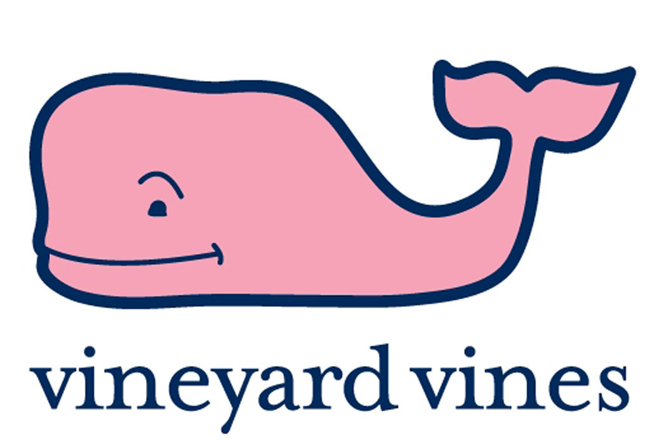
In September 2017, Ann M. Olson became president and CEO of Visiting Nurse Services, a Bridgeport-based organization that was founded in 1909 with the original goal of providing home health care to the city”™s residents during a tuberculosis outbreak. Today, the organization provides a wide variety of nursing, therapy and hospice care services across a three-county region.
Olson, who was previously principal and vice president at Qualidigm before joining Visiting Nurse Services of Connecticut, spoke with Business Journal reporter Phil Hall on the role that her organization plays in the local health care environment.
How many home health care agencies are there in Connecticut?
“I believe there are about 83 home health agencies in Connecticut, but not all of them are not-for-profit, like we are. There are probably 10 not-for-profits, maybe 15.”
Is there a benefit for patients who deal with a not-for-profit agency?
“The not-for-profits are very much mission-driven organizations, and we also provide free care where applicable. For patients in the underserved populations, we are committed to taking care of those who are less fortunate.”
Who are your patients?
“We service three counties: Fairfield, New Haven and Litchfield. We have serviced about 7,600 patients between 2017 and 2018 in 50 different communities. We have four office locations: Bridgeport, Oxford, Trumbull and Torrington.”
And who provides the home-based care? Are these nurses and physician assistants?
“We provide a full gamut. We don”™t do physician assistants, but we provide registered nurses and licensed practical nurses and we also provide all therapies: physical therapy, occupational therapy, speech therapy. We have social workers and we have a dietitian that is available. We have home health aides that provide more of the personal care services. We also have our hospice mission offering end-of-life care for patients and that has all of those services plus chaplain services and volunteers. We have alternative complementary therapies ”” we have a woman who plays the harp, pet therapy, nutritional support ”” for people at the end of their lives.”
Is music and pet therapy unusual for a home health service?
“It is unusual, and hospice is a growing area. It is all about providing whatever it is for that person to help them on their end-of-life journey, so they feel they are getting the support that allows them to come to terms with where they are at.”
I can”™t help but noticing a Himalayan salt lamp next to your desk. Does that help in your work?
“I put it on every morning and remind myself that you should listen more than you talk. It also has positive ions, which we could all use.”
Speaking of listening, my mother ”” who is in her eighties ”” told me that she and her contemporaries often find themselves dealing with medical professionals who don”™t take them seriously and do not listen to their specific needs. Is that something you”™ve heard from elderly patients?
“Yes, very much. And it”™s great that you picked up on that because one of our driving initiatives is to try to accomplish the patients”™ goals and not our goals. You”™ve got people with heart disease, you”™ve got people with COPD, you”™ve got people with diabetes ”” they have a lot of the same challenges, but each person has unique things that they want to do if they want to feel better. It”™s about listening and trying to establish goals for them. Obviously, you want to make sure they are taking the medications ”” but listening is important because we want the patients to be more self-directed. We”™re focused on patient-centered care ”” it is not so much what we want to do and talking at them, but listening so we can offer the services and education and whatever therapies they need that will get them where they want to be.”
Also on the subject of listening, is your service multilingual?
“Yes, we are. We have many bilingual nurses and therapists. We will care for and provide services for anyone regardless of their language. That is actually a federal mandate, and is part of our conditions of participation as a Medicare certified agency.”
At the risk of asking the obvious, what is the advantage of home health care versus treatment at a medical facility?
“Where would you want to get cared for? Would someone want to die in a hospital? Not likely. Would they want to get better in a hospital? Not likely. You go there if you have to. But being in your home, people are less exposed to bad things like infections. You are also more inclined to do more things for yourself, which is what we need to do.”
But, sadly, not every domestic environment is therapeutic. How does your service deal with situations where the home appears to be problematic?
“Obviously, from a safety standpoint, we provide escort services for our staff if they are in areas that might be a little more at risk. If they go into a home and are not sure ”” whether for their own safety or the patients ”” our social workers and nurses will connect people to whatever resources we can connect them to keep them safe. If there is suspected elder abuse, we would report the patient and family to protective services, who would get involved and make sure things get on the right track. It”™s not meant to be a disciplinary thing ”” a lot of time, you”™d like to give people the benefit of the doubt.”
People are living longer lives today. Are they also living healthier lives?
“There is probably a mix there. We are seeing people taking more responsibility for diet and medications, but you still have a large percentage of people who are not taking their medications and not eating well, so it”™s really at all ends of the spectrum on that. I wish we could say we”™re all going on that right track, but that”™s not the case.”
Do you offer pediatric home health care?
“We do not provide pediatric services. We did many years ago, but not currently. We care for anyone over 13 years of age up through end of life.”
For many years, I”™ve heard news stories about the problems in recruiting people for nursing career. Is this a challenge?
“It”™s a problem throughout the country. Obviously, we have an aging nursing force. I don”™t know how that”™s going to get fixed over time. We recruit consistently for a nursing staff. I”™d like to say we always find the nurses that we need. But there aren”™t as many people going into the field.
Why is that? What turned off people on pursuing nursing?
“I don”™t think it”™s because they got turned off. There are more options for women than there used to be back 30 or 40 years ago. With technology and advances in various industries, there are more options for careers. You still see a fair amount of people who are interested and you see a fair amount of men who are getting into the field. Historically, there were very few men in nursing 50 years ago ”” we have several male nurses who are wonderful.”
You just celebrated your first anniversary with this organization. What were the challenges and joys of the first 12 months?
“The joy is the people here ”” it”™s an incredible team. From the CFO and EVP to the people who answer the phones. Some of the challenges: health care reimbursements are something all health care providers are struggling with. We do provide for a large percentage of Medicaid patients and there were some changes in reimbursements last August ”” an add-on that was provided to agencies that service the inner-city communities. When I started, we had that lost reimbursement, but we”™re working pretty hard to position for success. But overall, I am very happy to be here.”





















